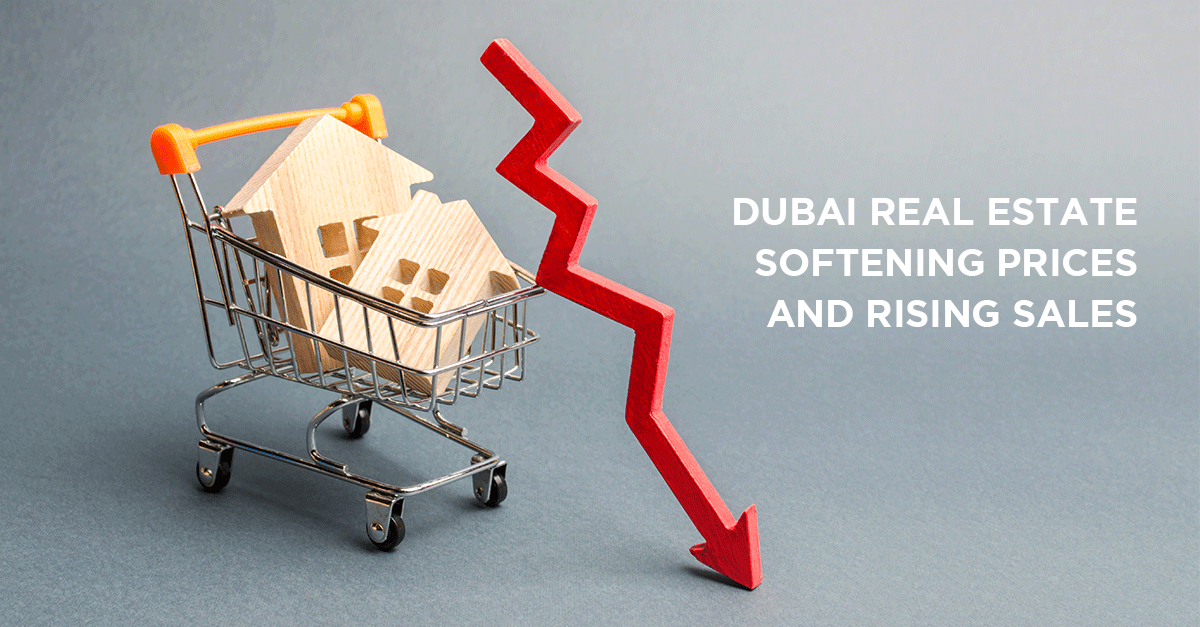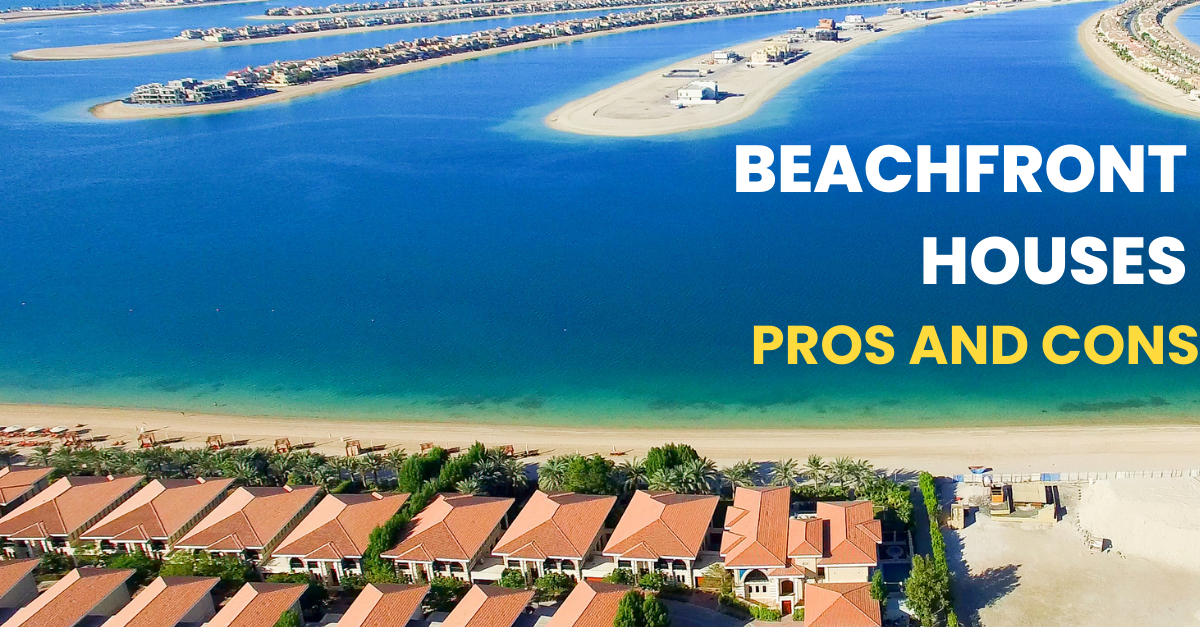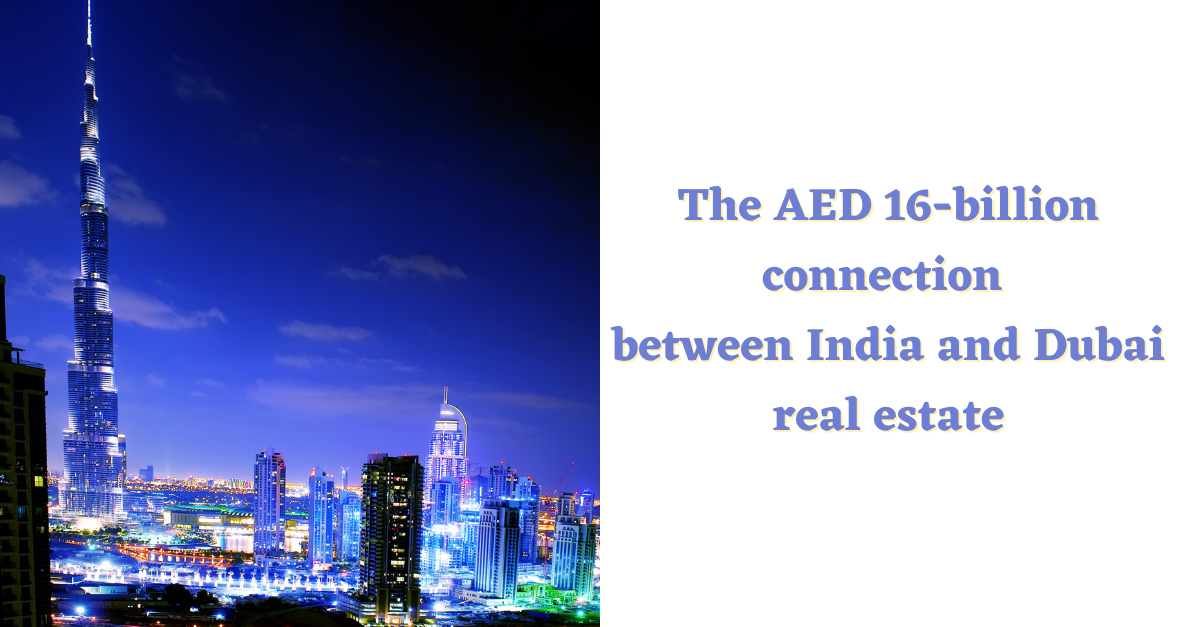Dubai real estate: softening prices and rising sales
According to the reputable UAE-based real estate platform Property Monitor, which operates under the aegis of Cavendish Maxwell, property prices in Dubai are currently at a seven-year low. The research notes that prices are down 27.5% from their previous market peak in September-2014, while remaining 13.99% above their previous market low, in April 2009. The report further indicates, the last time the prices were this low was in December, 2012(1).
Statistics can be misleading, if looked at in isolation, and Dubai real estate prices need to be interpreted in the context of wider market behavior as well. On the one hand November 2019 saw property prices plunge to a per sq ft average of AED 895 per sq ft, but the period also accounted for record sales, in comparison to recent years. The Dubai Land Department (DLD) recorded a total of 5,025 transactions for the month, with off-plan properties constituting nearly 60% of this volume. In addition, on November 24, DLD recorded a total of 515 real estate transactions worth AED 888.3 million, which is an 11-year high for a single day. The decade-high sales in November were preceded by incremental sales in the month of September and October – at 4,007 and 4,774 transactions, respectively.
According to industry experts, the declining prices have led to a knock-on effect on sales volume, but that is only part of the story. Well-timed governmental reforms and initiatives, steady supply, wide range of options and attractive incentives have instilled market confidence in buyers, which has also translated into increased transaction volume. A somewhat analogous trend can also be witnessed in the rental segment, where the market has become favourable for tenants with rents continuing to fall, albeit at a slower rate than sales prices. While the inverse relationship between property prices and sales volume is a natural economic phenomenon, it offers tell-tale signs of long-term investor confidence, market equilibrium and the direction in which the market is heading.
Affordability as a tailwind
One of the buzzwords that has gained considerable traction in real estate discussions over the past year is ‘affordability’. Increased real estate supply has been one of the primary forces behind attractive prices that have attracted cost-conscious buyers and unlocked the investment opportunities to a larger segment of the population. This development is relatively new, as affordability had been heavily affected since 2012, due to the resilience of the US dollar against other world currencies. Although being dollar-pegged had served the UAE well, offering stability and investor confidence, an argument can be made that it has also undermined the affordability and competitiveness of the Dubai real estate market. It’s important to note that any depreciation in dollar value and spike in oil or commodity prices could further affect price equations in 2020, and beyond.
Affordability was the cornerstone behind low-income housing policy launched by the government in 2017. However, the term has taken on much wider implications in the past year or so, as prices fell across the Emirates. Another key takeaway is the increased sales in the off-plan segment, which mitigates market glut concerns significantly. By one estimate, an additional 50,000 real estate units are expected to hit the market by the first half of 2020, in part due to a spillover from last year and the determination from the developers to enter the market before Expo 2020 kicks off. The materialization rate of handovers is roughly 60–70%, meaning that an addition of around 30,000 to 35,000 units can be realistically expected. Against this backdrop, affordability can enhance the scope for price correction in existing inventory and lead to increased sales in the ready-to-move-in segment as well.
A demand-supply mismatch in real estate led to hands-on intervention from the Dubai government in 2019, paving the way for the creation of a planning committee to streamline developments. The impact was immediate, as property transactions increased by 134% mere days after the committee came into effect. Similar initiatives and reforms, concerning the real estate industry and its verticals, have been launched in the lead up to the much-awaited Expo 2020, the combined impact of which has provided the industry with a timely boost and impetus. The effects of this better regulated environment are not restricted to property sales alone. A recent Cavendish Maxwell report noted a strong growth in the short-term rentals segment, among other tertiary benefits (2).
The way forward
Rents are expected to reduce for the foreseeable future and tenants will continue to enjoy more say in how facilities are managed – driving demand for FM services. Tenancy terms are expected to include additional incentives to enhance occupancy rates. On the hospitality front, Expo-centered tourism will provide a massive boost to the industry, as 25 million visitors are expected during the mega event. Softening prices are expected to invigorate investor interest during the event, especially after regulatory bodies sweetened the pot with capital gains tax and property tax benefits, besides launching a new 5-year tourist visa plan. With the market aligning in favour of prospective buyers and tenants, the Dubai real estate market appears well set to attract more investment and activity, which should drive a robust momentum in transactions and turnover of inventory.




